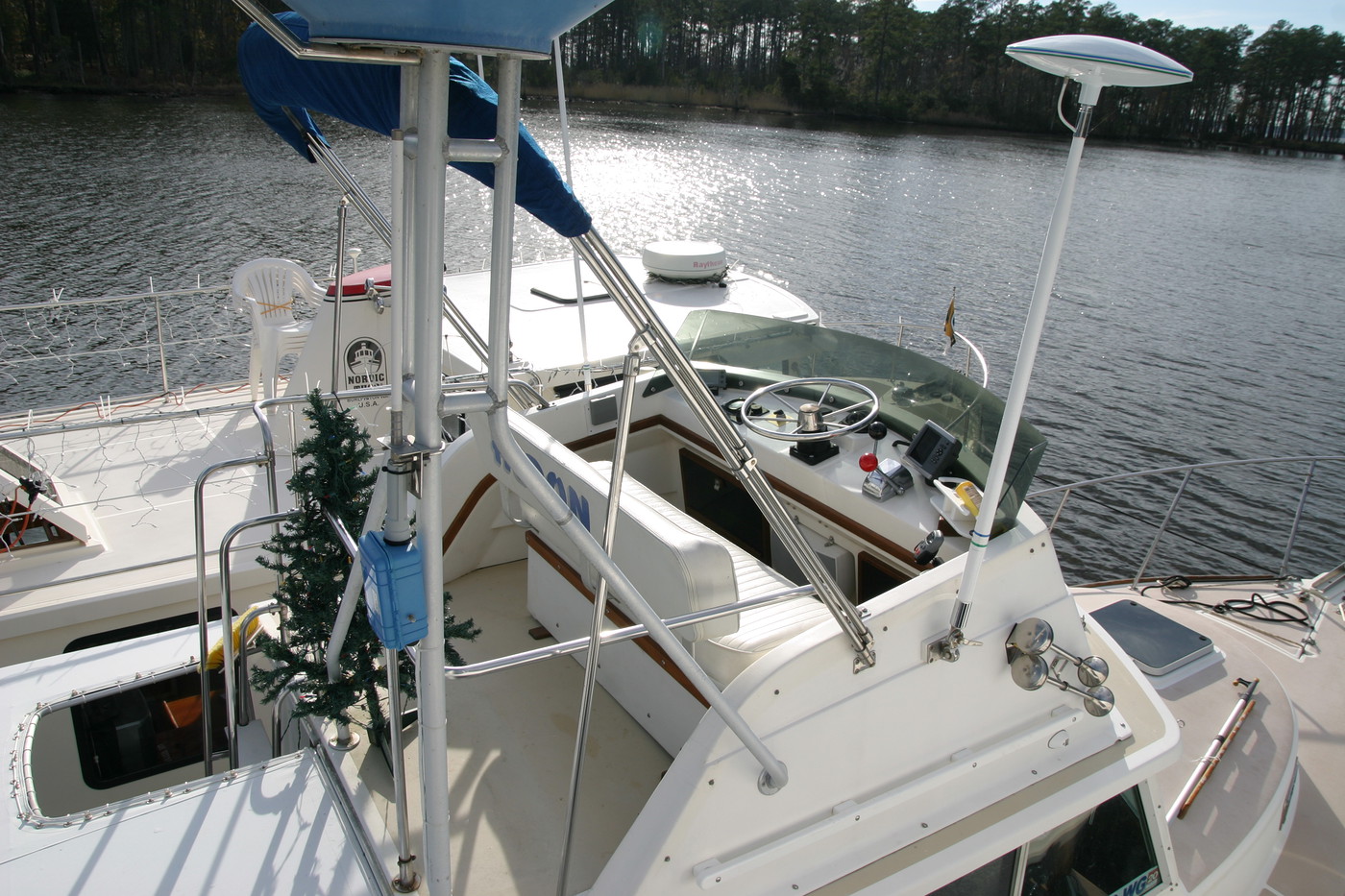- Joined
- Apr 15, 2008
- Messages
- 13,731
- Location
- California Delta
- Vessel Name
- FlyWright
- Vessel Make
- 1977 Marshall Californian 34 LRC
I can physically see the broadcast tower for most of the Sacramento stations in Walnut Grove, but sometimes the stations black out. I think it's because they are broadcasting over me?
This reminds me of when digital TV had just come out but was not yet the sole source as analog was still being broadcast. I added an analog-digital converter box to my existing analog TV onboard. With the box connected, I could see the same channels normally received in digital format.
It was time for the Summer Olympics. I was looking forward to watching the highlights onboard each evening. We went with friends to anchor out on Lost Slough for a week...near the base of the Walnut Grove antennae. When I turned on the digital box and TV, I got no signal! I was too close to the antennae and underneath the broadcast signal. With digital, it was either on or off....nothing like the snowy, static-littered images we'd see on the analog TV when the signal was weak.
When I disconnected the converter box and reverted to analog, I was able to watch the Olympics albeit with some snowy images at times. Digital is 1 or 0, on or off. At least the old analog allowed the weak signals to be watched.

